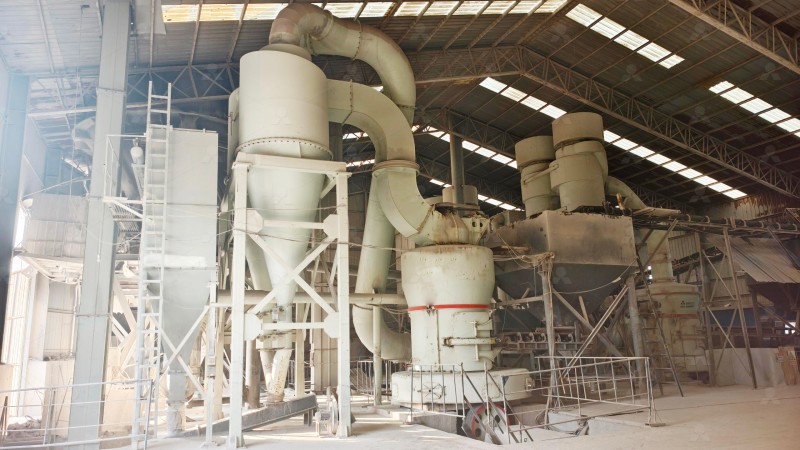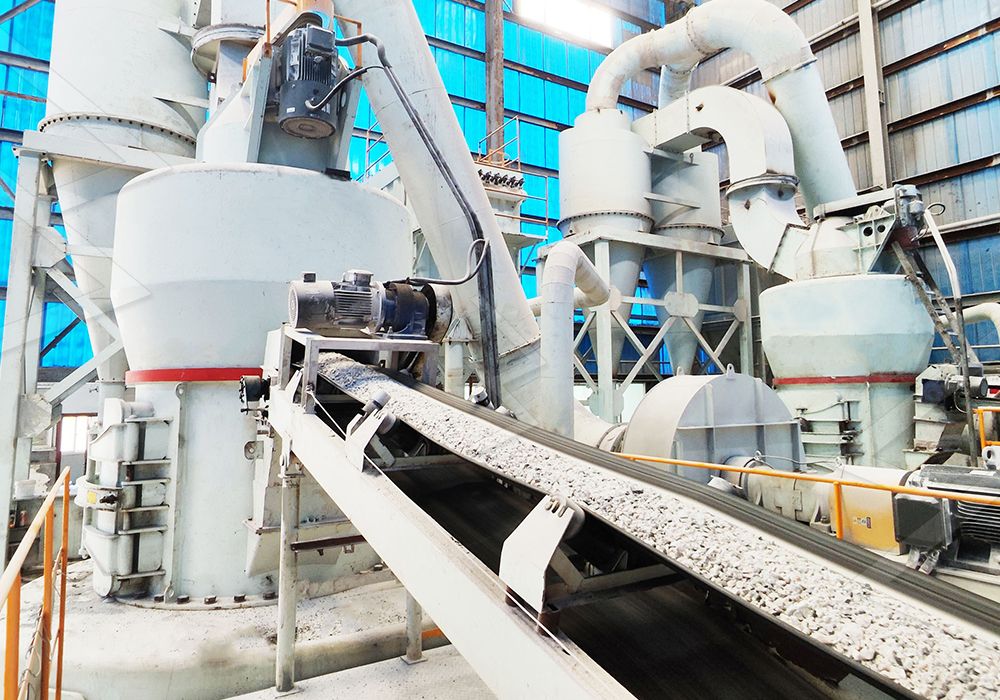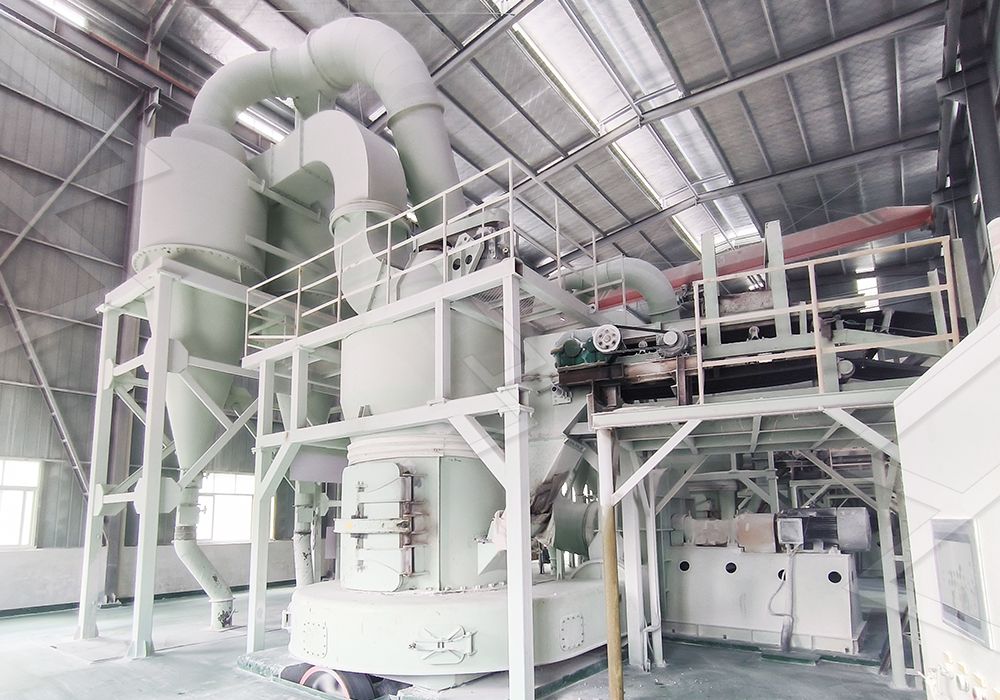History and Development of Crusher Mills in Indonesia
History and Development of Crusher Mills in Indonesia
The industrial landscape of Indonesia has been profoundly shaped by its rich natural resources, particularly in mining and construction. The development of crusher and grinding mills has been integral to processing these materials, evolving from basic mechanical crushers to sophisticated, high-efficiency grinding systems. This evolution mirrors the nation’s industrial growth and increasing emphasis on efficiency and environmental sustainability.
In the early days, Indonesia relied heavily on imported machinery for size reduction tasks. Simple jaw crushers and basic ball mills were the workhorses of the industry, often characterized by high energy consumption, significant dust and noise pollution, and limited processing capabilities. These machines, while revolutionary at their time, struggled to meet the growing demands for finer powders and higher throughput required by sectors like chemicals, paints, and advanced construction materials.

The turn of the century marked a significant shift. With rapid infrastructural development and stricter environmental regulations, the need for more advanced milling technology became apparent. This period saw the introduction of European-designed trapezium mills and the early adoption of vertical roller mills. These machines offered improved efficiency and better control over product fineness, setting a new standard for the industry.
Today, the Indonesian market demands technology that is not only powerful but also intelligent and eco-friendly. The focus is on mills that offer lower energy consumption, minimal environmental footprint, and the ability to produce ultra-fine powders for high-value applications. This is where innovative solutions like our MW Ultrafine Grinding Mill truly excel. Designed for customers who need to make ultra-fine powder, this mill is a game-changer. It handles inputs up to 20mm with a capacity range of 0.5-25 tph. Its standout feature is the absence of rolling bearings and screws in the grinding chamber, eliminating worries about bearing damage or loose screws causing failures. Furthermore, it’s equipped with an efficient pulse dust collector and muffler, making the entire production process remarkably clean and quiet, with minimal effect on the environment. The fineness is adjustable between 325-2500 meshes, making it perfect for processing limestone, calcite, dolomite, and other materials for industries like cosmetics, medicine, and food additives.

Another standout performer for specific applications is the LUM Ultrafine Vertical Grinding Mill. It integrates grinding, grading, and transporting into a single, compact unit. With an input size of 0-10mm and a capacity of 5-18 tph, it’s renowned for its higher yielding rate and better product quality. Its unique roller shell and lining plate grinding curve design make it easier to generate a material layer, enabling a high rate of finished product in a single pass. Its multi-head powder separating technology and PLC control system make it incredibly energy-efficient, reducing consumption by 30%-50% compared to common grinding mills.
The future of crusher mills in Indonesia is undoubtedly leaning towards full automation, digitalization, and sustainable practices. The integration of IoT for predictive maintenance and real-time monitoring is already on the horizon. The journey from rudimentary crushers to intelligent grinding systems like the MW and LUM mills highlights Indonesia’s commitment to embracing technology that boosts productivity while protecting its beautiful environment for future generations.

